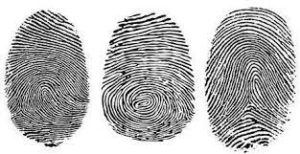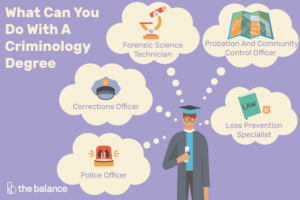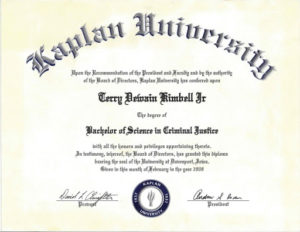Want to try lifting a fingerprint yourself?
Before you are able to lift a print you will need to make one. I suggest taking a glass cup or a super flat surface that is easy to clean and press your finger down to get a good print. If this doesn’t work with getting a good print then you can put lotion on and then press your finger down to get another print. To actually lift one you will need to make this fingerprint powder and follow the directions to do so.
The recipe for the fingerprint powder is ¼ tsp (teaspoon) corn starch. With the corn starch, you will need ¼ tsp (teaspoon) of chalk turned into powder. I made it powder by using a butter knife or a spice grater but if using a spice grater make sure it has the side that looks like really sharp holes. I would use a small one, not a large one. (make sure its the right proportions or it won’t work) you can always double the recipe if you would like more fingerprint powder.
Once you have both the cornstarch and chalk powder you mix them together I would use a small cup with curved edges on the inside so you can get the dust out better. After they are fully mixed then you can finally lift the fingerprint. After you apply the powder and dust it off. You have to lift the print. You lift the print by taking a clear piece of tape and pressing the sticky side against the powdered fingerprint.










